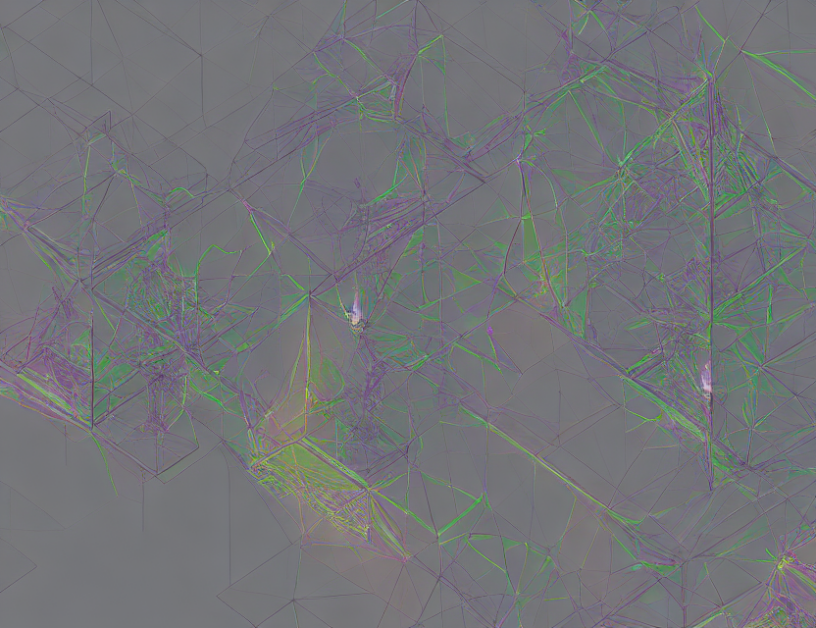In this paper, we present RayDF, a novel approach to real-time differentiable rendering that can efficiently render high-quality images with dynamic focus. Unlike traditional methods that rely on pre-computed representations or batch processing, RayDF uses a combination of neural networks and ray tracing to generate images in real-time, allowing for more flexibility and control over the rendering process.
To achieve this, RayDF introduces a new architecture that combines the speed of neural networks with the accuracy of traditional ray tracing methods. This is achieved through the use of a novel technique called "differentiable ray marching," which allows for efficient computation of the radiance of each pixel in an image.
The key insight behind RayDF is that the computation of the radiance of a scene can be broken down into a series of smaller computations, each of which can be performed efficiently using a neural network. By combining these smaller computations, RayDF can generate high-quality images in real-time without sacrificing accuracy.
In addition to its efficiency and accuracy, RayDF also offers several other advantages over traditional rendering methods. For example, it can handle complex scenes with dynamic objects and lighting, and it can be easily integrated with existing ray tracing frameworks.
Overall, RayDF represents a significant breakthrough in the field of real-time differentiable rendering, and its applications have the potential to revolutionize industries such as computer graphics, video games, and virtual reality. By providing a more efficient and accurate way to render high-quality images in real-time, RayDF can enable the creation of new and innovative applications that were previously impossible.
Computer Science, Computer Vision and Pattern Recognition
RayDF: Efficient Neural Radiance Fields for Dense 3D Reconstruction



